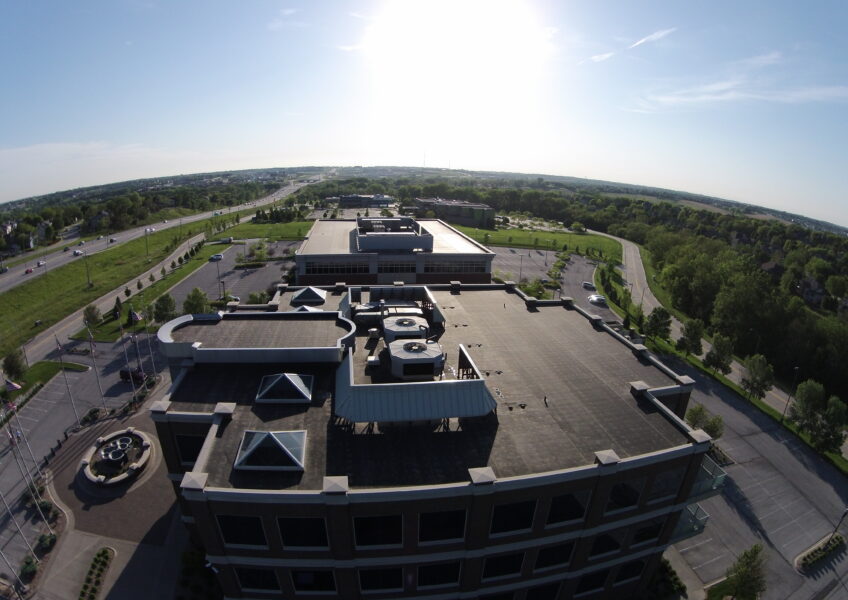Taking to the Skies: How Drones are Revolutionizing Forensic Engineering
The skies are abuzz, not just with birds or planes, but with drones. These flying gadgets, once mainly used for recreational purposes, are now making significant strides in various professional sectors. One of the most transformative impacts of drones has been in the world of forensic engineering.
Forensic engineering, which involves the investigation of materials, products, structures, or components that fail or do not operate as intended, often requires access to sites that might be difficult to reach. Enter drones, the modern-day heroes. With the ability to fly and hover over areas, drones can capture detailed aerial shots, even in the most challenging terrains or locations.
One of the primary advantages of using drones is the ability to rapidly assess large or inaccessible areas. Think of a collapsed building or a bridge. Instead of risking human lives to evaluate the situation up close, a drone can provide a bird’s-eye view in minutes. This not only speeds up the assessment process but also ensures safety.
Furthermore, drones equipped with advanced sensors and cameras can offer more than just visual data. Thermal imaging can detect heat anomalies, helping engineers identify potential faults or failures. Some drones also come equipped with 3D scanning capabilities, enabling the creation of accurate digital replicas of structures.
The use of drones also paves the way for better documentation. With high-resolution imaging, engineers can chronologically document a site’s condition, which is invaluable, especially in litigation or insurance claims.
However, while drones bring a host of benefits, they also come with challenges. Flight regulations, especially in urban areas, privacy concerns, and the need for skilled pilots are issues that the industry grapples with.
In conclusion, as technology continues to evolve, drones are set to play an even more significant role in forensic engineering. Their ability to access, document, and analyze makes them indispensable tools in the investigative arsenal. As we soar into the future, the synergy between drones and forensic engineering promises exciting innovations and solutions.




